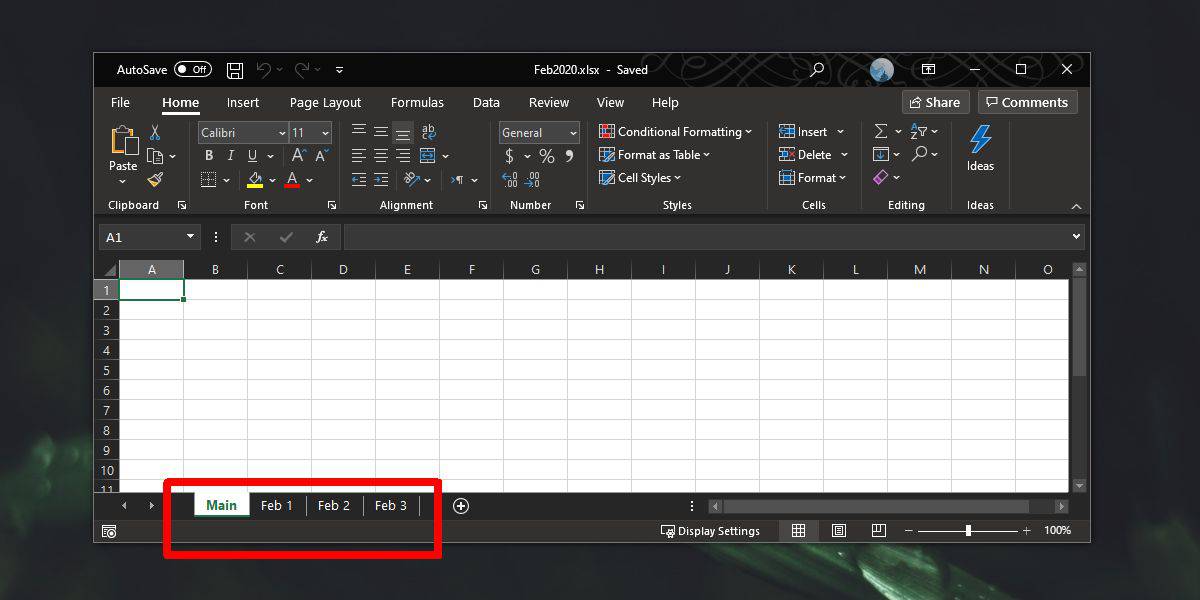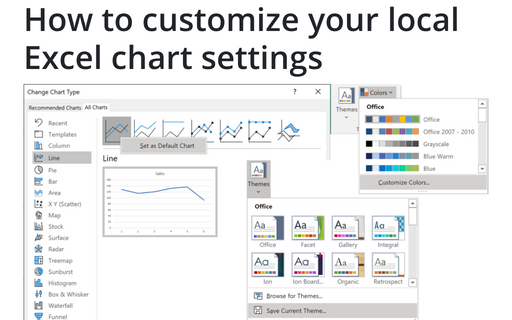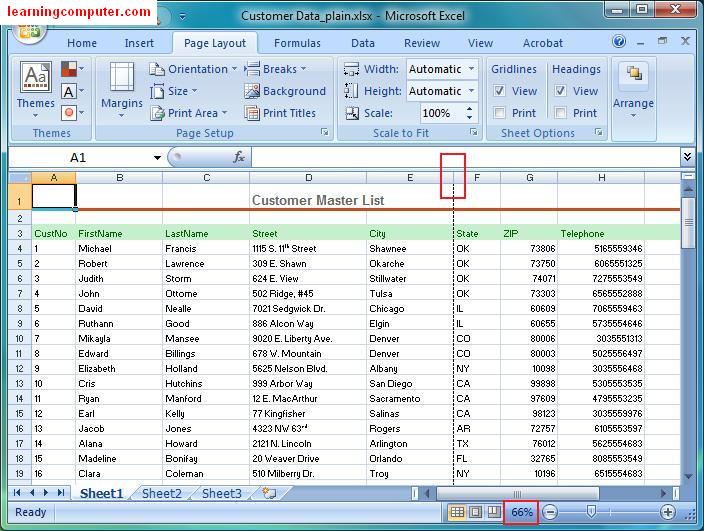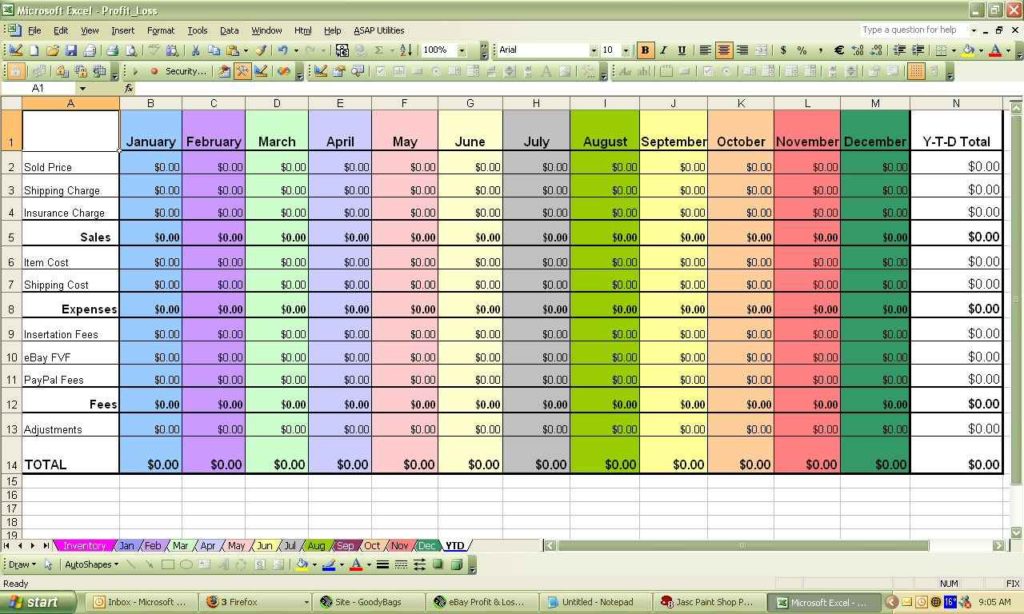Excel Sheet Default View: Simple Setup Guide

If you often work with Excel spreadsheets, you might have experienced the frustration of navigating through a document cluttered with numerous tabs or struggling with an unorganized grid of cells. Fortunately, Excel offers a range of features to customize the default view settings, helping streamline your workflow and enhance productivity. This guide will walk you through setting up an Excel sheet's default view, which can save you a considerable amount of time by eliminating repetitive adjustments.
Why Customize Excel’s Default View?

Customizing Excel’s default view settings can benefit you in several ways:
- Efficiency: You won’t have to adjust settings each time you open a new file, saving time.
- Consistency: Documents will look consistent, which is crucial when working in a team environment or when presenting data to clients.
- Personalization: Excel can be tailored to suit your personal working style or specific project requirements.
Basic Customization Steps

Here are the fundamental steps to customize your Excel sheet’s default view:
- Open Excel and load a blank workbook or create a new one.
- Navigate to File > Options.
- In the Options dialog box, select the General tab for general settings or the Advanced tab for more in-depth customizations.
- Adjust the settings to meet your needs:
- Under the General tab, set your preferred default workbook language, customize the gridlines and headings colors, and other general preferences.
- In the Advanced tab, you can:
- Set the default number of sheets in new workbooks.
- Enable or disable options like Show formula bar, Enable AutoComplete, and more.
- Modify the Display settings to alter how data is displayed on your screen, including showing or hiding formula bar, status bar, or scroll bars.
- Save your settings by clicking OK.
Setting Specific Views

You can also define specific views for your sheets:
- Page Layout:
- Go to View > Page Layout.
- Customize the margins, orientation, and other print settings which will be saved as your default view.
- Zoom Level:
- Select your preferred zoom level using the zoom slider in the bottom-right corner.
- To save this as your default view:
- Navigate back to File > Options.
- In the Advanced tab, under the Display section, adjust the Default zoom level for new workbooks.
- Freeze Panes:
- Select the cell below the row or to the right of the column you want to freeze.
- Go to View > Freeze Panes and choose how you’d like to freeze the rows and columns.
💡 Note: While setting up default views, remember that some settings, like freeze panes, might not save with the workbook but are applied each time you open Excel. Ensure to open a blank workbook before making changes.
By following these customization steps, your Excel environment will become more tailored to your needs, reducing setup time and enhancing your productivity. The ability to customize default settings can significantly impact your daily tasks, allowing you to focus more on data analysis rather than on document setup.
As we've explored, customizing Excel's default view settings can streamline your work process, whether you're an individual user or part of a larger team. These customizations help in achieving a workflow that's both efficient and comfortable. Remember that while personalization is key, it's also important to balance this with consistency across documents when collaborating. Excel's versatility in settings provides a broad canvas for you to paint your perfect working environment, ensuring that your focus remains on the data and not on the document itself.
Will my customizations affect other users when I share my workbook?

+
No, customizations like default views do not change others’ settings. Users will open the workbook with their default settings, but you can provide instructions or macros to replicate your view.
Can I save different default views for different projects or teams?

+
While Excel doesn’t allow you to save multiple default views for different projects, you can create templates with pre-set views for each project or team and start new workbooks from these templates.
How can I reset Excel’s default settings?

+
To reset all changes, go to File > Options > General and click on Reset at the bottom of the dialog box to return to the original default settings.



